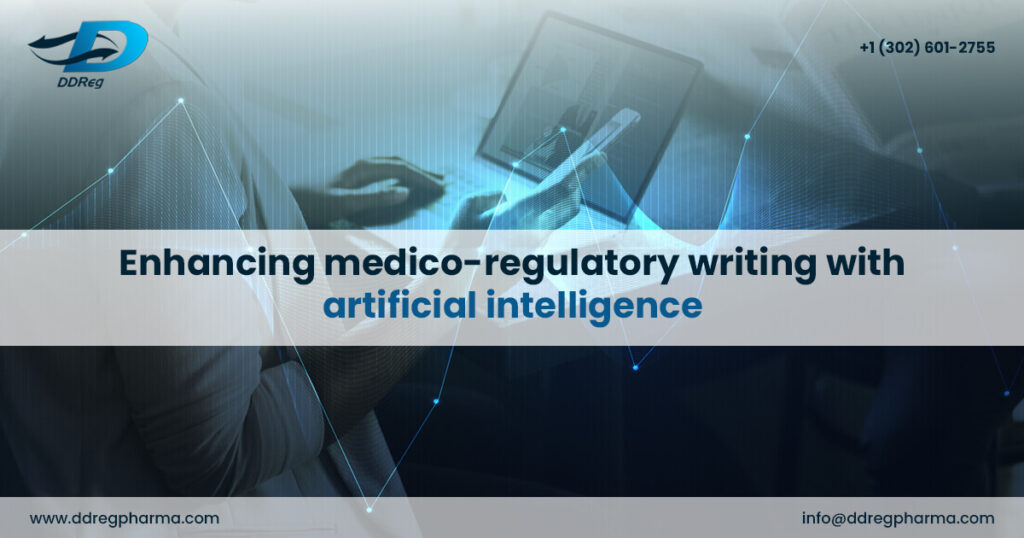Combining NLP and NLG in Medical Regulatory Writing
Automatic extraction of data from various structured & unstructured data sources followed by their comprehensive analysis would help to understand and classify the information in its context. The information is then stored in clusters which marks the end of the NLP stage. The NLG stage takes over from this point where reports are generated from the structured and stored data. Essentially, a repository or database of structured medical information is created which can be re-used as necessary, depending on the need of the different regulatory stakeholders.
Currently, medical writers collect data from a variety of regulatory documents & sources that are usually unstructured which is a relatively time-consuming and laborious task. After creating the initial draft, the document undergoes the initial review process that results in an improved draft. After the final review, the document is finalized and ready for use. There may be additional review processes involved depending on the volume and complexity of the document. The use of NLP and NLG AI tools can streamline the traditional approach in medical writing by reducing multiple reviews; the initial draft is automatically generated followed by automatic review to produce the final draft version of the document. This would in turn accelerate submission processes and lead to rapid market access for pharmaceutical products.
Challenges in adopting automation & AI
On one hand, AI technologies can significantly improve and transform industries such as Pharmaceutical, Life Sciences, Health etc by automating processes and delivering more personalized, real-world outputs. However, there are some challenges associated with adopting AI technology. From a resource perspective, one key concern is AI technology replacing the jobs of the people that would normally be conducting regulatory tasks and activities. It is important to note that the purpose of AI tools is not to replace resources but more to optimize time and effort that professionals would spend on time-consuming tasks by spending it on other activities & operations that would bring more business value [4].
Despite some of the concerns, the use of AI technology in various sectors and industries is proving to be beneficial. Automation of processes and activities means that resources can be utilized more effectively leading to a greater return on investment. NLP and NLG technology can automate and streamline key processes in medical regulatory writing resulting in high quality and faster submissions for organizations. Not only would this contribute to efficient review processes and faster submissions but also greater return on investments for businesses.
[1] Parisis N. Medical writing in the era of artificial intelligence. Medical Writing. 2019 Dec 1;28:4-9.
[2] Harrer S, Shah P, Antony B, Hu J. Artificial intelligence for clinical trial design. Trends in pharmacological sciences. 2019 Aug 1;40(8):577-91.
[3] Locke S, Bashall A, Al-Adely S, Moore J, Wilson A, Kitchen GB. Natural language processing in medicine: a review. Trends in Anaesthesia and Critical Care. 2021 Jun 1;38:4-9.
[4] Rodriguez-Antolin C. Artificial Intelligence Will Not Replace Health Professionals, but the Proper Use of Artificial Intelligence Will Make Health Professionals Better. Cancer Research. 2020 May 15;80(10):1912-3.
[5] Basu K, Sinha R, Ong A, Basu T. Artificial intelligence: How is it changing medical sciences and its future?. Indian Journal of Dermatology. 2020 Sep;65(5):365.

